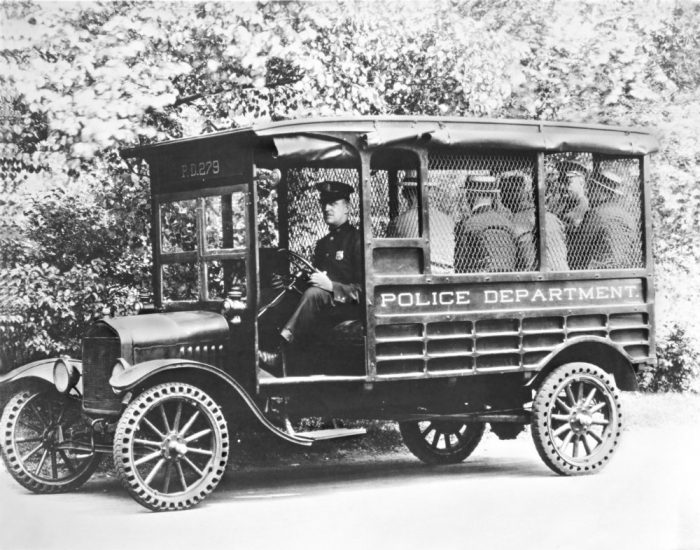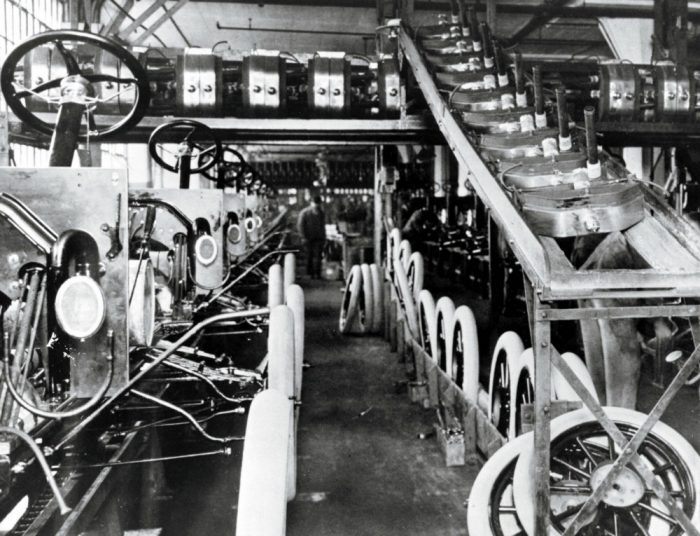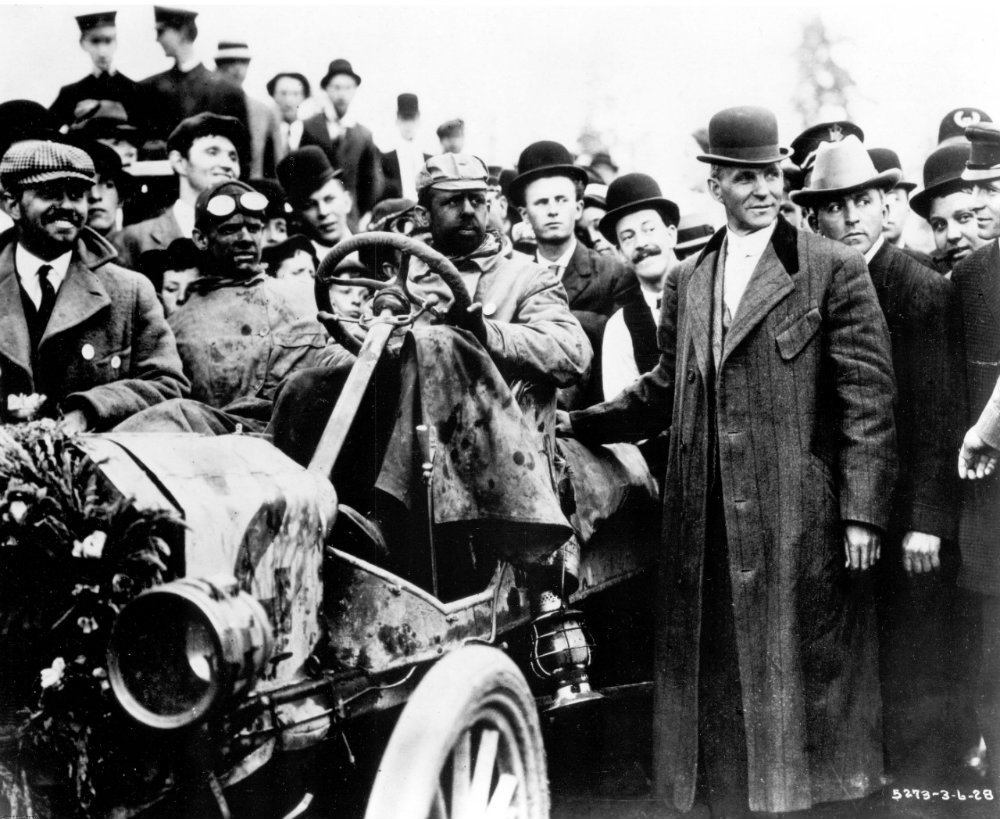Automoblog’s Katie Kapro examines how imaginative thinking and creative risks have influenced the modern automobile in this three-part miniseries.
The 21st Century is an age of automotive loyalists. You can hardly go into a garage without hearing some level of discussion about American cars versus Japanese cars versus German cars. Everyone has a favorite, and if you ask them about it, you’ll get a bullet list of reasons why their choice is superior.
However, that was not the case in the early days of the automobile.
Humble Origins
In the 19th and early 20th centuries, Europeans were the undoubted champions of quality automobiles. The first Mercedes-Benz, built in 1901 by German designer Wilhelm Maybach, is credited with being the first modern motorcar. It had all the right elements: relative lightness, power, and speed. Its 35 horsepower engine weighed only 14 pounds per horsepower and reached up to 53 miles per hour. Its only downfall was being extremely expensive to build and in turn, prohibitively expensive to purchase.
By contrast, in 1901 through 1906, the first American-built Oldsmobile had only three horsepower and sold for $650. As a result of this tension between quality and affordability, all automotive technological developments of the 20th Century focused on making vehicles more attainable for the everyday Joe. Now, just over 100 years later, cars have replaced horse-drawn carriages, trains, and all other modes of transportation by a huge margin. In 1900, only 8,000 Americans owned cars; today over 220 million cars hit the road for the morning commute. If history proves anything, it’s that 20th-Century Americans were very skilled at turning failure into success.
Farm To Freeway
In 1908, Ford introduced the Model T, lovingly called “Tin Lizzie,” and changing the industry and nation for good. Between 1913 and 1927, Ford produced and sold more than 15 million Model Ts. Tin Lizzie didn’t come out of the blue; Ford paved the way with the Model N and earlier, a motorized, horseless-buggy-of-a-thing called the Model A. These stepping stones gave the company valuable income to support further growth and industrialization.
Once the Model T proved itself to be an affordable purchase for the American common man, it took hold of the collective imagination. The Model T took automobiles from a plaything for the uber rich to a practical piece of machinery that would change the way the nation runs.

The Digital Age
From the earliest days, car buffs have never been shy about finding creative solutions to practical problems. Car not fast enough? The answer is nitrous, obviously. Almost anything can be fixed with a tinker here and a tweak there. Back in the day, lots of Model T owners purchased aftermarket kits to turn their cars into trucks; the kits essentially extended the frame of the car and beefed-up the rear. Voila, truck.
It didn’t take long for the creative thinkers of the era, many of whom were farmers, to take things one step further and adapt their car-trucks into the most practical of all farm machines: the motorized tractor. Reviews of the Tin Lizzy tractor adaptation were mixed at best, but it won over enough farmers who were hoping to save a few bucks that several companies began producing and selling conversion kits.

Creative Engineering
The line of thinking that brought us the Model T tractor — unabashed creativity mixed with practical ingenuity — is precisely the attitude that is pushing automobiles to the brink of technological development today. The only way to know if a car can plow a field is to try it. And the only way to know if your car engine can be improved upon is to give it a go.
Before the advent of computerized engine control units, vehicles were less efficient in part because it was so much harder to measure what was going on under the hood. How do you optimize emissions if your whole system isn’t fine-tuned? It’s worth noting that, in addition to overall efficiency, ECUs optimize performance in other ways like fuel economy and responsiveness — none of which would be possible if some car guy (or girl) somewhere hadn’t scratched their head and thought, “hmm, I wonder what would happen if I put a computer in my car?”
The Road Ahead
As we move forward in time with our vehicles at our sides, history begs just one question: what’s next? While there’s no definitive answer, one thing is for certain: the future is only as interesting as we make it.
Katie Kapro spent her childhood handing her dad tools under his Datsun. She loves thinking about the social aspects of motoring, and dreaming about the future of automotives. Follow her work on Twitter: @kapro101
Cover Photo: From the collections of The Henry Ford and Ford Motor Company: The first transcontinental car race from New York to Seattle was held in 1909 and Henry Ford’s Model T emerged victorious. The trip took 22 days and 55 minutes at an average speed of 7.75 mph.


